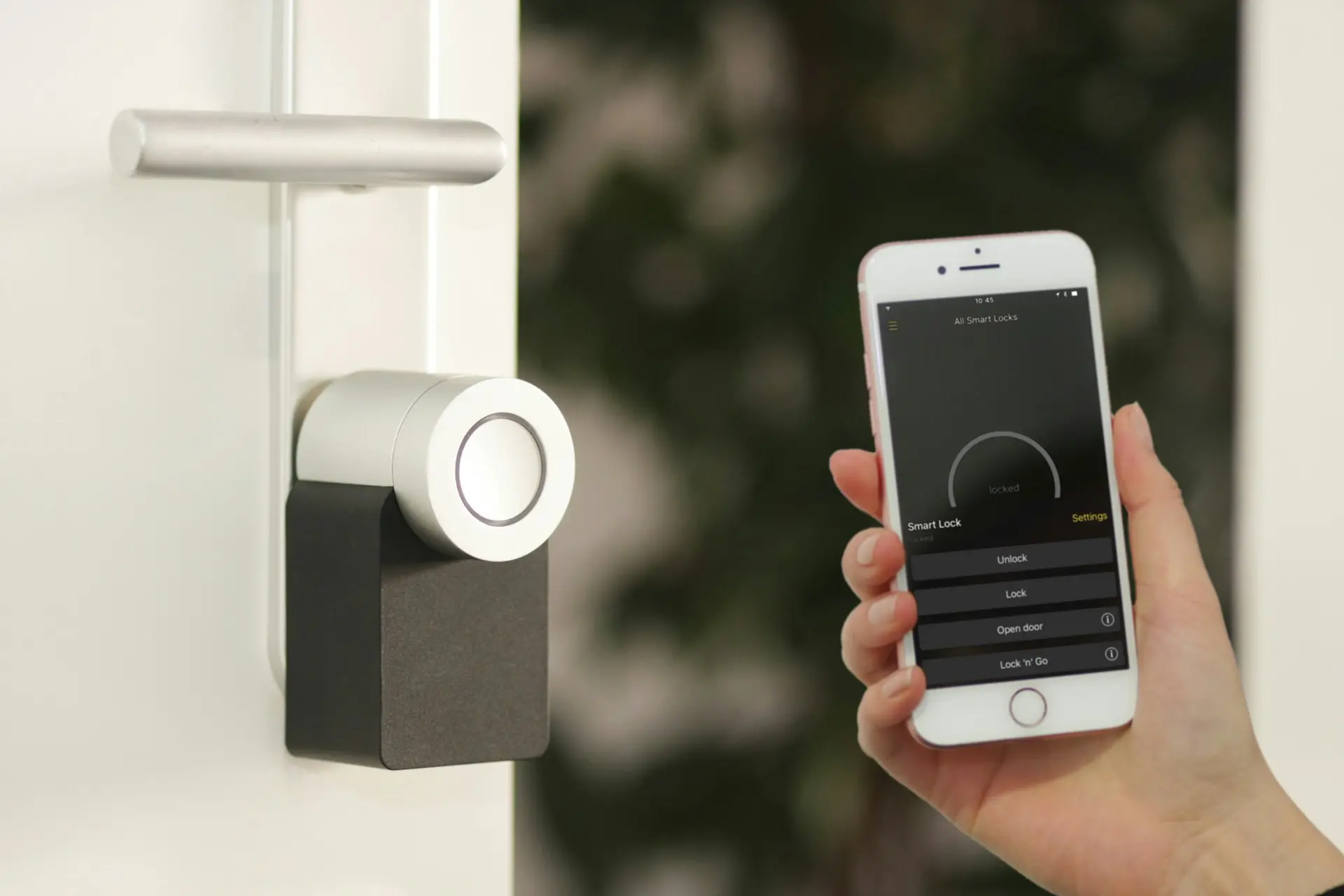
1. Smart speakers (such as Amazon Echo, Google Nest)
Voice assistants remain at the core of smart homes. Users can control music, lights, temperature, and even order daily necessities with simple voice commands. Alexa and Google Assistant continue to lead the market.
2. Smart thermostat (such as Nest, ecobee)
Strike a balance between energy saving and comfort, smart thermostats make home air conditioning systems smarter, allowing users to adjust the temperature remotely and save energy costs.
3. Smart doorbells (such as Ring, Arlo)
Equipped with camera and two-way voice functions, users can check the dynamics in front of the door no matter where they are, improving home security.
4. Smart light bulbs (such as Philips Hue, Wyze Bulb)
The brightness, color can be adjusted and it can even turn on and off automatically according to a schedule. It is energy-saving and convenient, suitable for various life scenarios.
5. Smart sockets and switches
Making traditional home appliances "smart", users can remotely control the power switch and set timing plans. The operation is simple but extremely practical.
6. Home security systems (such as SimpliSafe, ADT)
Smart security systems that integrate sensors, cameras and alarm functions have become an indispensable part of more and more families.
7. Smart sweeping robots (such as iRobot Roomba, Roborock)
It automatically cleans the floor and avoids obstacles, saving time and energy, and is especially popular among office workers and families with pets.
Summary:
In 2025, the smart home market in the United States has become highly mature, and various devices continue to optimize user experience. From the convenience of daily life to the comprehensive protection of family security, smart home devices are gradually becoming the "standard configuration" of modern families. For users who are considering upgrading their home environment, choosing the right smart device not only improves the quality of life, but is also an investment for the future.
